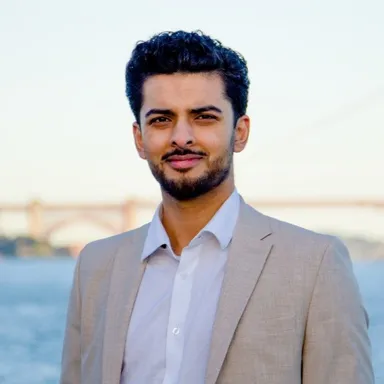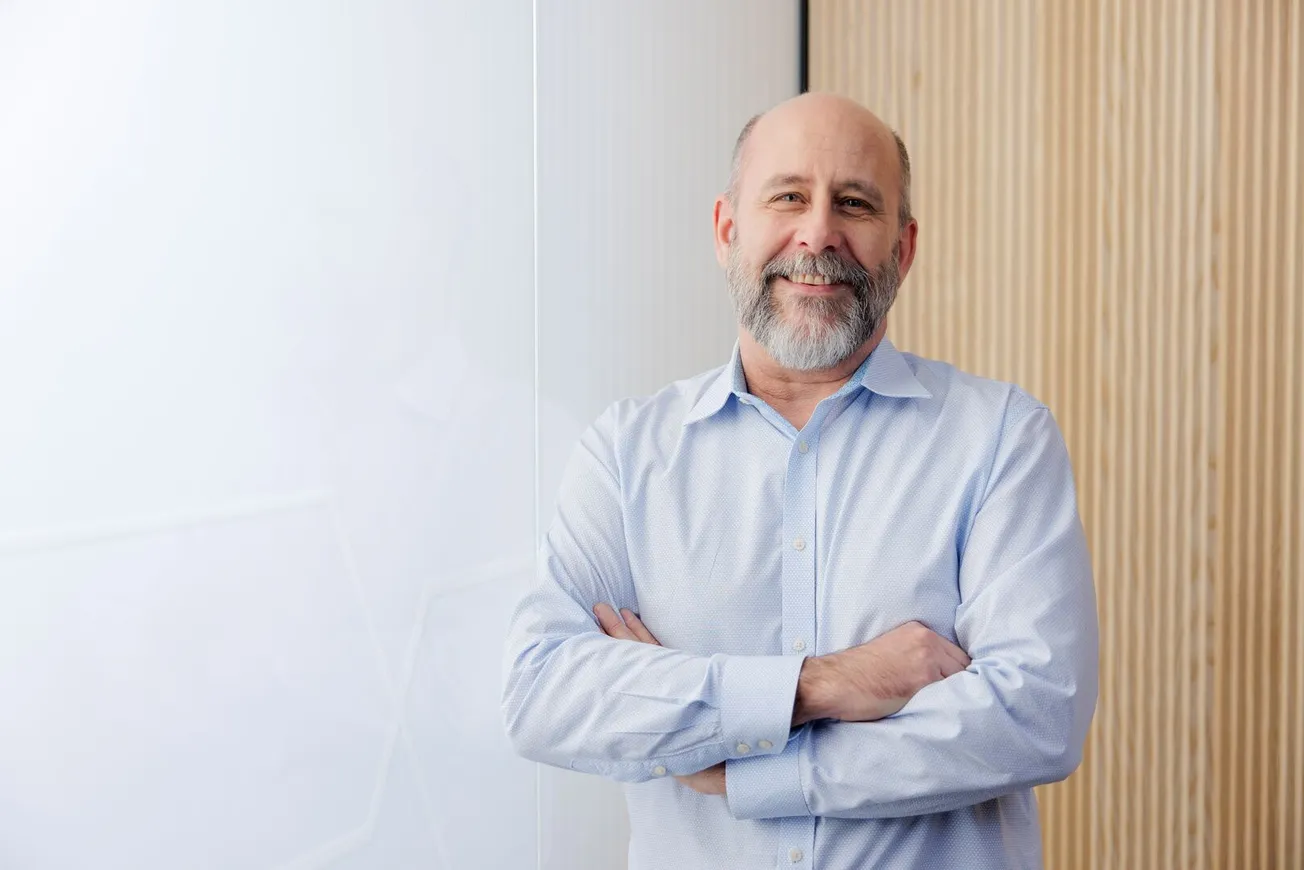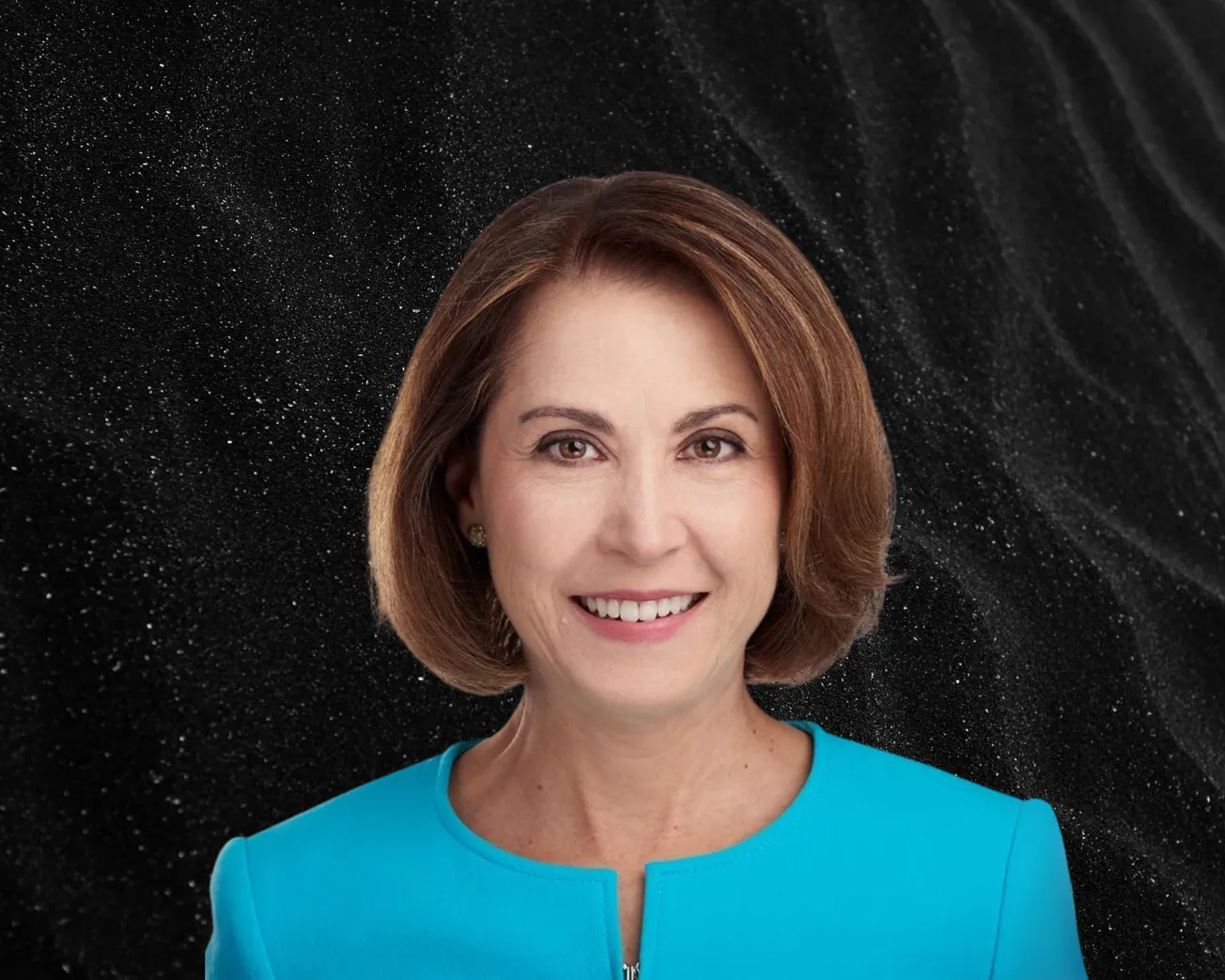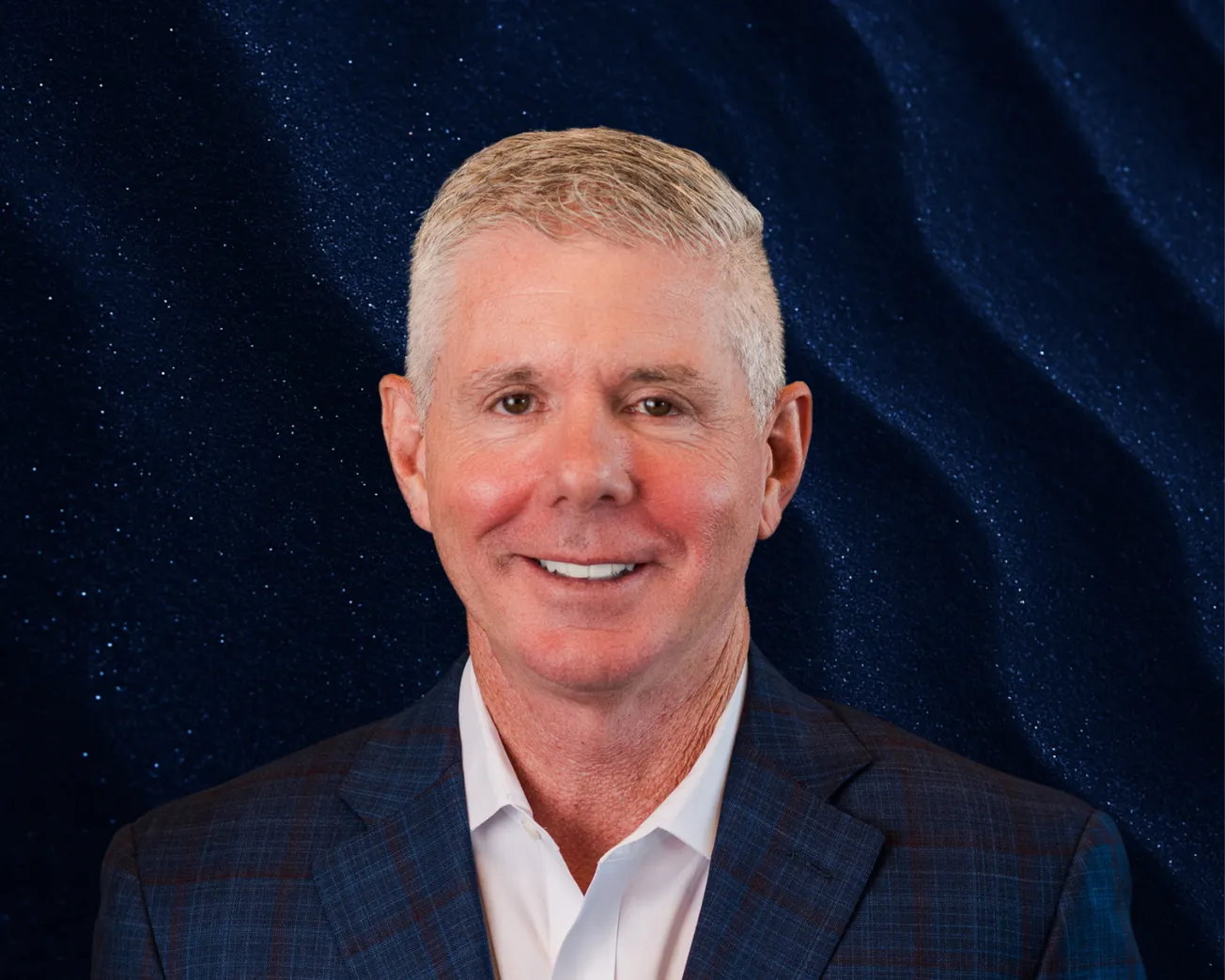Table of Contents
David Hebert, Vice President (Global Sales & Business Strategy) of Wärtsilä, sat down with Onyx for a feature-length interview.
Could you give us a bit of a backstory to Wärtsilä?
Wärtsilä has been around for 190 years. We’re best known for our reciprocating engines for the marine and energy industries and for our innovation around sustainable technologies.
Wärtsilä’s energy storage business was born from the acquisition of a company called Greensmith Energy in 2017 that was focused on energy storage software and operations. At the time, they pretty much had a ‘pulling together the parts in the field’ type of approach.
Wärtsilä, being more of a product company, took that very small company, doing tens of millions of dollars of business, and progressed the hardware so we had differentiated IP, continued to develop the software, and grew our global presence.
Now, we have our Quantum energy storage hardware suite - which is purpose-built for utility-scale projects, alongside our GEMS software platform to provide a fully integrated energy storage solution. We’ve shifted from a small team to a billion-dollar business.
How big is the energy storage market globally, and where are you seeing the most growth?
It’s in the hundreds of gigawatt-hours range. Wärtsilä has the second highest energy storage capacity in Australia and is growing its footprint quickly in Europe.
Traction in the United States has been slowed by recent policy changes, but we remain committed to our U.S. customers and foresee long-term market growth.
Can you give us some real-world context for what a gigawatt hour means?
A gigawatt-hour of storage can power about 700,000 homes. But, maybe more importantly, you can think of energy storage as a reliability device. It can keep voltage and frequency in check to prevent generators from tripping offline. That’s how you prevent large-scale blackouts and recover faster from storms and damage.
Energy storage also prevents curtailment, or waste, of renewable energy. If the grid can't absorb all of the energy generated when the sun's out, we store it and deploy it later, which allows for a higher utilization of renewables.
It also prevents burning fuel. Fuel-based resources need to be running to respond, but they can't start up in seconds. Batteries, however, can respond in hundreds of milliseconds.
Why did Wärtsilä choose to focus on batteries?
Wärtsilä explored many types of storage, from pumped hydro to different battery chemistries. But we have centralized around electrochemical batteries - lithium-ion, today; maybe sodium-ion or solid-state in the future.
Electric vehicles have driven the volume of batteries up and the cost down. That means better, cheaper batteries. That’s why our focus is unilaterally on lithium iron phosphate (LFP) batteries today.
How have US-China trade tensions affected your operations?
Contrary to popular belief, the issue isn’t really the cost - it's the uncertainty. We’ve found ways to de-risk components and mitigate the financial burden, but, it has slowed clean energy growth in the US heavily.
One light at the end of the tunnel is that, for our latest generation of Quantum product - Quantum3 - all the manufacturing is done in Malaysia. Manufacturing outside of China has eased some of that uncertainty for our customers.
What role does software play in your systems?
A lot of the projects we do are harder than most - synthetic inertia, AC choppers, DC cable disconnection.
All that is enabled by software. The hardware must perform, but the software is the key. We manage more data in the cloud than X (the social media platform).
We're controlling responses in hundreds of milliseconds across multi-gigawatt hour systems, while simultaneously, pulling deep data at a cellular level. That lets us ask: is this specific cell operating correctly? What’s its state of charge? How is it different from the one next to it?
Sophisticated software that can answer these questions is crucial to unlock unused capacity. If a battery is rated at 100 MWh, you don’t always get the full 100 MWh. Our software ensures that you do. That can translate to 10 - 15% more revenue.
What kind of innovations are you seeing in battery chemistry?
With LFP, we’re reaching the technical limits. Manufacturers are putting more lithium in up front – something called pre-lithiation - and building larger cells.
But, at some point, you run into safety questions. How much energy is too much energy in one space? Solid-state and sodium-ion are still on the growth curve.
But they need to get there soon. If not, LFP cost declines will block them. It’s like thin film versus polysilicon in solar. If the dominant tech gets cheap fast enough, it wins by default.
Any concerns about raw materials?
To be honest, we haven’t seen it at our level. We don’t make the battery, we make everything else around it. There was a short period where lithium drove up LFP prices, but that’s not happening now.
The one to watch is rare earth metals, more so for power electronics than the batteries themselves.
Can you share some of the most exciting projects you’re working on?
We're midway through a project for Origin Energy in Australia. It’s exciting simply because of the scale: 2.8 GWh. I’ve been to the site - it takes 20 minutes just to drive around the facility itself, to give you an idea of how big it is.
Our GEMS software enables the batteries at that site to respond within 150 to 250 milliseconds of frequency changes. Getting all the inverters, batteries, substations to act in harmony - that’s exciting!
Then, there’s the Blackhillock project in the UK, with Zenobē. Much smaller, but technically very advanced - voltage control, synthetic inertia. We like hard problems. We’re a very high-touch organization. You don’t come to us and say, "I’d like that battery off the shelf."
We do detailed diligence on every aspect - how products are designed, logistics, crane lifts, interconnections, acoustic noise constraints, etc. Every system comes with project managers, construction leads, fire safety specialists, and more.
We don’t just ship the equipment to you and wish you luck. That comes from our company’s roots in big thermal power plants. We treat batteries like real infrastructure.
What does success look like for Wärtsilä by 2030?
Our focus is on growing responsibly by delivering consistent performance while being a reliable, long-term partner to our customers. To do so means staying ahead of the technology curve and building lasting value in markets that are still taking shape.
By 2030, I think there will be fewer than 10, maybe even fewer than six, viable energy storage integrators that are profitable, with mature products that are able to scale.
We’ll be one of them - because we’ve built our business around doing the hard things well.






